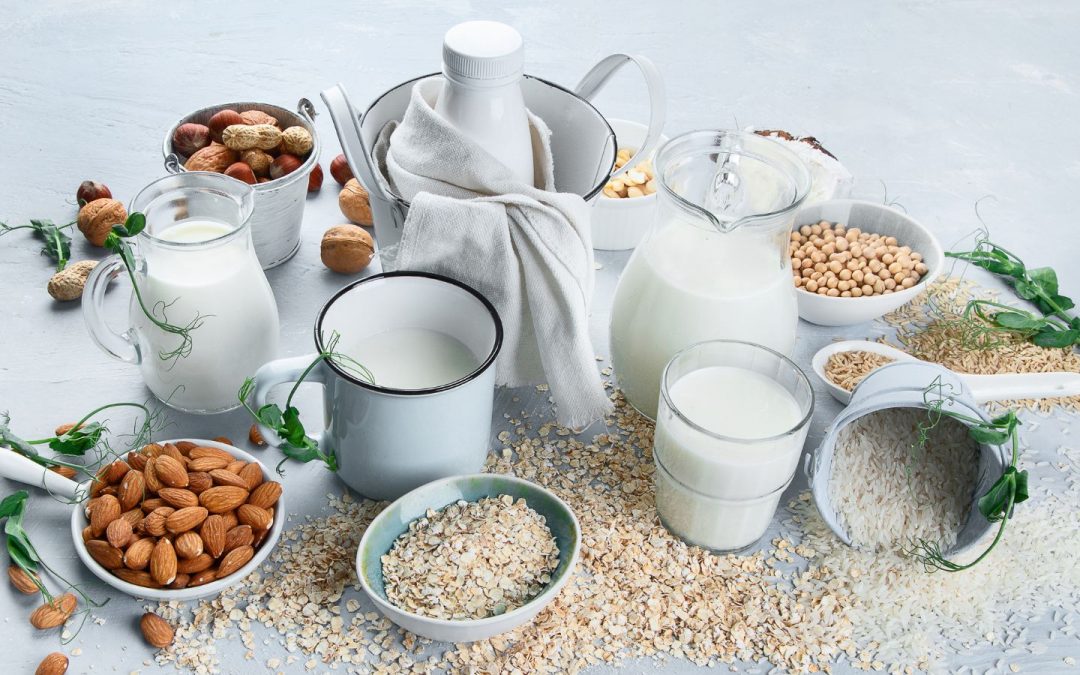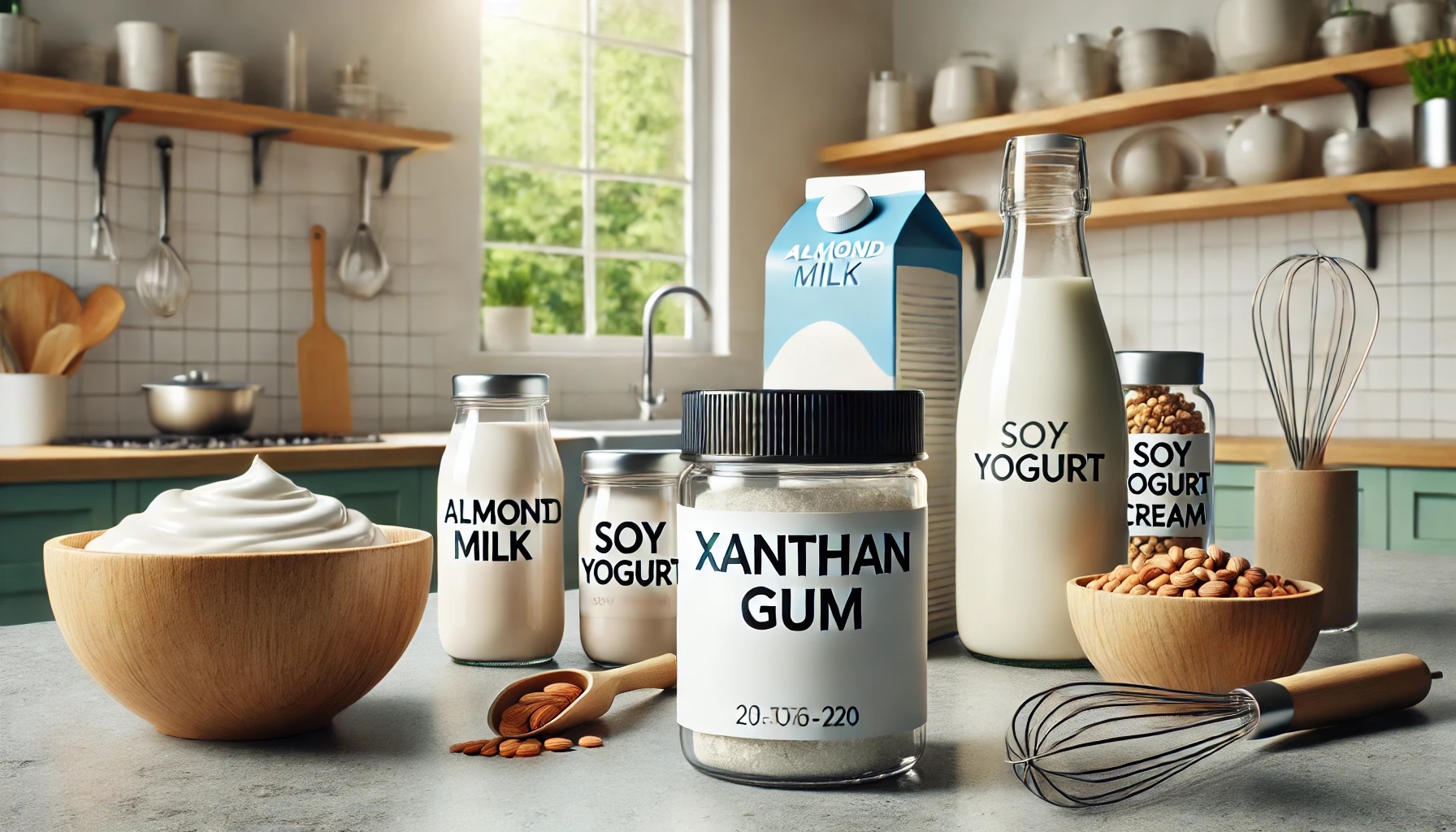1. What is the chemical structure of inulin?
It is a polysaccharide composed primarily of fructose units linked together by β-(2→1) glycosidic bonds, ending with a glucose unit.
This structure classifies it as a type of fructan, providing its unique functional and nutritional properties.
2. How is inulin different from other dietary fibers?
It is a soluble fiber with prebiotic properties, selectively promoting the growth of beneficial gut bacteria.
Unlike insoluble fibers that primarily add bulk to stool, it dissolves in water to form a gel-like consistency, aiding in digestion, nutrient absorption, and improving the texture of food products.
3. What are the main sources of inulin for commercial use?
The primary sources for commercial production are chicory root and Jerusalem artichoke.
These plants have high inulin content and are relatively easy to cultivate and process, making them efficient sources for extraction.
4. How is inulin extracted from chicory root?
It is extracted using a hot water extraction method.
Chicory root is chopped and soaked in hot water, which dissolves the inulin.
The solution is then filtered to remove solids, and the inulin is precipitated, purified, and dried to obtain the final product.
5. What are the functional properties of inulin in food products?
It enhances texture by adding creaminess and body, stabilizes emulsions, retains moisture, and can replace fat and sugar.
It helps improve the mouthfeel, extend shelf life, and enhance the overall sensory experience of various food products.
6. Can inulin be used as a fat replacer in low-fat products?
Yes, it can mimic the mouthfeel and creamy texture of fat, making it an effective fat replacer in low-fat and reduced-calorie products.
This allows for the creation of healthier food options without compromising on texture or taste.
7. How does inulin affect the texture of baked goods?
It improves the texture of baked goods by providing a creamy mouthfeel, enhancing moisture retention, and stabilizing the structure of doughs and batters.
This results in softer, moister baked products with a better shelf life.
8. Is inulin affected by heat during cooking and baking?
It is relatively stable under moderate heat, but prolonged exposure to high temperatures can lead to some degradation.
This can affect its functional and nutritional properties, so it is best used in applications where it is not subjected to excessive heat.
9. What is the impact of inulin on the shelf life of food products?
It can enhance the shelf life of food products by improving moisture retention and stabilizing emulsions.
This helps prevent baked goods from getting stale and separation in products like sauces and dressings.
10. How does inulin interact with other ingredients in food formulations?
It interacts with water to form gels, which can improve texture and mouthfeel.
It also interacts with proteins to enhance emulsification and with other carbohydrates to stabilize the overall structure of food products, contributing to improved quality and consistency.
11. Can inulin be used in dairy products?
Yes, it is widely used in dairy products to improve texture, enhance creaminess, and boost fiber content.
It is commonly found in products like yogurt, cheese, and ice cream, where it helps create a desirable mouthfeel and supports the overall sensory experience.
12. What are the sensory characteristics of inulin?
It has a mildly sweet taste and contributes to a creamy and smooth mouthfeel.
These sensory characteristics make it a valuable ingredient for improving the taste and texture of a wide range of food products without overpowering other flavors.
13. How does inulin impact the nutritional profile of food products?
It increases the fiber content of food products, supporting digestive health by promoting the growth of beneficial gut bacteria.
Additionally, it may help regulate blood sugar levels and reduce cholesterol, contributing to overall improved health benefits.
14. Can inulin be used in gluten-free products?
Yes, it is naturally gluten-free and can be used to enhance the texture and fiber content of gluten-free products.
Its ability to improve moisture retention and provide a creamy mouthfeel makes it an excellent addition to gluten-free baked goods and other formulations.
15. What are the regulatory considerations for using inulin in food products?
It is generally recognized as safe (GRAS) by regulatory authorities like the FDA and EFSA.
However, labeling requirements and allowable usage levels can vary by region, so it is important to comply with local regulations when using it in food products.
16. How does inulin contribute to prebiotic effects in the gut?
It selectively feeds beneficial gut bacteria, such as Bifidobacteria and Lactobacilli, promoting their growth and activity.
This prebiotic effect supports a healthy gut microbiome, improving digestive health and potentially boosting overall well-being.
17. Can inulin be used in beverages?
Yes, it can be added to beverages like smoothies, juices, and dairy alternatives to boost fiber content and improve texture.
Its solubility in water makes it easy to incorporate into various drink formulations without affecting clarity or taste significantly.
18. What is the solubility of inulin in water?
It is soluble in water, which allows it to be easily incorporated into various food and beverage formulations.
This solubility helps improve the texture and mouthfeel of products while also providing nutritional benefits.
19. How does inulin impact the viscosity of food products?
It increases the viscosity of food products, contributing to improved texture and stability.
This is particularly beneficial in formulations like soups, sauces, and dairy products, where it can help create a thicker, creamier consistency.
20. Can inulin be used in meat products?
Yes, it can be used in meat products to improve texture, moisture retention, and nutritional profile by adding fiber.
It helps enhance the overall quality of processed meats and meat alternatives, making them healthier and more appealing to consumers.
21. What are the challenges of incorporating inulin into food products?
Challenges include potential digestive discomfort for sensitive individuals, stability under high heat, and ensuring uniform dispersion in formulations.
Careful formulation and processing techniques are required to maximize its benefits and minimize any potential issues.
22. How does inulin affect the glycemic index of food products?
It has a low glycemic index and can help reduce the overall glycemic response of food products.
This makes it a suitable ingredient for products aimed at people managing blood sugar levels, such as diabetics or those following low-glycemic diets.
23. Can inulin be used in confectionery products?
Yes, it can be used in confectionery products to replace sugar, improve texture, and enhance fiber content.
Its mildly sweet taste and ability to form gels make it ideal for use in candies, chocolates, and other sweet treats.
24. What are the labeling requirements for inulin in food products?
Labeling requirements vary by region but generally include listing it as a fiber source and potentially as a prebiotic ingredient.
It is important to comply with local regulations to ensure proper labeling and consumer transparency.
25. How does inulin impact the hydration properties of dough?
It improves the hydration properties of dough, leading to better texture and moisture retention in baked goods.
This results in softer, more pliable doughs that yield higher-quality finished products.
26. Can inulin be used in frozen desserts?
Yes, it can be used in frozen desserts to improve texture, enhance creaminess, and boost fiber content.
It helps prevent ice crystal formation and improves the overall mouthfeel of products like ice cream and frozen yogurt.
27. What is the impact of inulin on the pH of food products?
It is relatively pH-neutral and does not significantly impact the pH of food products.
This makes it a versatile ingredient that can be used in a wide range of formulations without affecting their acidity or alkalinity.
28. Can inulin be used in fermented products?
Yes, it can be used in fermented products to support the growth of beneficial bacteria and improve texture.
Its prebiotic properties enhance the fermentation process, leading to higher-quality and more nutritious fermented foods.
29. What are the sensory impacts of inulin on flavor profiles?
It has a neutral to mildly sweet taste and does not significantly alter the flavor profile of food products.
This allows it to enhance texture and nutritional content without overpowering other flavors in the formulation.
30. How does inulin affect the color of food products?
It is colorless and does not impact the color of food products.
This makes it an ideal ingredient for applications where maintaining the original color of the product is important.
31. Can inulin be used in nutritional supplements?
Yes, it is used in nutritional supplements to provide fiber and prebiotic benefits.
It can be included in powders, capsules, and other supplement forms to support digestive health and overall well-being.
32. What is the impact of inulin on product stability during storage?
It improves product stability by enhancing moisture retention and preventing separation in emulsified products.
This helps maintain the quality and shelf life of food items during storage.
33. How does inulin impact the freezing and thawing stability of food products?
It improves freezing and thawing stability by maintaining texture and preventing ice crystal formation.
This is particularly beneficial for frozen desserts and other products that undergo freeze-thaw cycles.
34. Can inulin be used in snack foods?
Yes, it can be used in snack foods to improve texture, enhance fiber content, and potentially reduce the glycemic response.
It is commonly added to granola bars, chips, and other snack products to make them healthier and more appealing.
35. What is the recommended usage level of inulin in food formulations?
The recommended usage level varies depending on the application but generally ranges from 2-10% of the total formulation.
It is important to optimize the usage level to achieve the desired functional and nutritional benefits.
36. How does inulin affect the crystallization of sugars in confectionery?
It can inhibit the crystallization of sugars, leading to smoother textures in confectionery products.
This helps prevent grittiness and improves the overall quality of candies and other sweet treats.
37. Can inulin be used in savory products?
Yes, it can be used in savory products to enhance texture, improve moisture retention, and boost fiber content.
It is suitable for use in soups, sauces, dressings, and meat products.
38. What are the health benefits associated with inulin?
Health benefits include improved digestive health, enhanced mineral absorption, regulation of blood sugar levels, and potential reduction of cholesterol levels.
Its prebiotic properties support a healthy gut microbiome and overall well-being.
39. How does inulin impact the texture of dairy alternatives?
It improves the texture of dairy alternatives by adding creaminess and enhancing mouthfeel.
This makes plant-based milks, yogurts, and cheeses more appealing to consumers seeking dairy-free options.
40. Can inulin be used in cereal products?
Yes, it can be used in cereal products to boost fiber content and improve texture.
It is commonly added to breakfast cereals, granola bars, and other grain-based products to enhance their nutritional profile.
41. What are the digestive tolerance levels for inulin?
Digestive tolerance can vary among individuals, with excessive consumption potentially causing bloating, gas, and discomfort.
It is generally well-tolerated at moderate intake levels, but it is important to monitor individual responses.
42. How does inulin impact the emulsification of food products?
It enhances emulsification by stabilizing water-oil mixtures, leading to improved texture and consistency in products like dressings, sauces, and spreads.
43. Can inulin be used in protein bars?
Yes, it can be used in protein bars to improve texture, enhance fiber content, and support digestive health.
It helps create a softer, more palatable product while adding nutritional benefits.
44. What are the potential allergenic concerns with inulin?
It is generally considered hypoallergenic, with few reported cases of allergic reactions.
However, individuals with specific sensitivities should consult with a healthcare professional before consumption.
45. How does inulin affect the aeration of baked goods?
It can improve aeration in baked goods, leading to lighter, fluffier textures.
This is particularly beneficial in products like cakes, muffins, and bread.
46. Can inulin be used in weight management products?
Yes, it is often included in weight management products due to its low-calorie content, ability to promote satiety, and support for healthy digestion.
It helps create products that are filling and nutritionally balanced.
47. How does inulin impact the hydration of proteins in food formulations?
It can enhance the hydration of proteins, leading to improved texture and mouthfeel in various food products.
This interaction is beneficial in formulations like meat alternatives and protein-enriched snacks.
48. Can inulin be used in baby food products?
Yes, it can be used in baby food products to provide gentle fiber and prebiotic benefits.
Its mild taste and smooth texture make it suitable for infant and toddler foods, supporting healthy digestion.
49. What is the impact of inulin on the rheological properties of food products?
It improves the rheological properties, such as viscosity and gelation, contributing to better texture and stability in various food formulations.
This makes it valuable in applications like dairy products, sauces, and desserts.
50. How does inulin impact the mouthfeel of beverages?
It enhances the mouthfeel of beverages by adding body and creaminess, making drinks more satisfying and enjoyable.
This is particularly beneficial in dairy alternatives, smoothies, and other fortified beverages.








